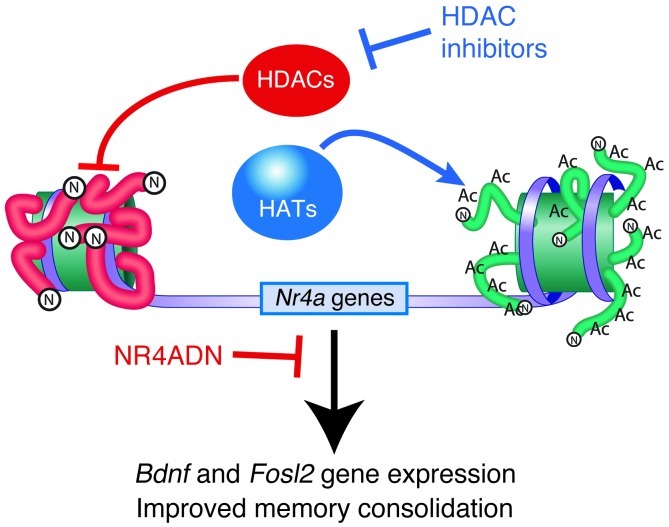Figure 5. NR4A signaling contributes to memory formation and enhancement by HDAC inhibitors.
HDAC inhibitors increase Nr4a gene expression, and blocking NR4A signaling prevents memory enhancement by HDAC inhibitors, suggesting a model in which NR4A target genes contribute to memory enhancement by HDAC inhibition. In this figure, arrows represent processes that stimulate gene expression and enhance memory formation. In contrast, blunt ends signify pathways that repress gene expression and limit memory formation. Nucleosomes are indicated by the green barrels that are encircled by the gray ribbon, which illustrates promoter DNA. Acetylation (ac) of the histone proteins that constitute the nucleosome (N) is dictated by a dynamic equilibrium between HDAC and HAT activity. Impairing HAT activity would be predicted to reduce Nr4a gene expression and impair memory formation. As illustrated in this study, blocking HDAC activity increases Nr4a gene expression and enhances memory formation. Also, inhibiting the function of NR4A proteins using a dominant-negative protein blocks memory enhancement by HDAC inhibition and impedes expression of several putative NR4A target genes. The increase in Nr4a gene expression observed after TSA injection after training is accompanied by increased expression of the putative NR4A target genes, Bdnf and Fosl2, two memory-associated genes that may contribute to the molecular mechanism of memory enhancement by HDAC inhibitors.

